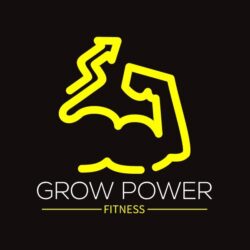Weight training is a popular form of exercise that helps individuals build strength, increase muscle mass, and improve overall fitness. When it comes to weight training, two common approaches are high intensity and high volume. Both methods have their benefits and drawbacks, and understanding the differences between them can help you determine which approach is best for your fitness goals. In this article, we will explore the concepts of high intensity and high volume weight training and discuss their effects on muscle growth, strength gains, and overall training progression.
Introduction
Weight training is a fundamental aspect of physical fitness that involves lifting weights to stimulate muscle growth and strength gains. The two main approaches to weight training are high intensity and high volume. High intensity training (HIT) focuses on short, intense workouts with heavy weights and minimal rest periods. On the other hand, high volume training involves longer workouts with lighter weights and higher repetitions.

Creatine Monohydrate Powder | MuscleTech Platinum | Pure Micronized | Muscle Recovery + Builder for Men & Women | Workout Supplements | Unflavored (80 Servings)
Understanding High Intensity Training (HIT)
High intensity training is characterized by performing exercises with near-maximal effort. This approach involves lifting heavy weights for a limited number of sets and repetitions. The emphasis is on pushing your muscles to their limits and maximizing muscle fiber recruitment.
Benefits of High Intensity Training
High intensity training offers several benefits that can help individuals achieve their fitness goals.
1. Increased Muscle Fiber Recruitment
One of the primary benefits of high intensity training is its ability to stimulate a higher number of muscle fibers compared to other training methods. By recruiting a greater number of muscle fibers, you can promote significant muscle growth and strength gains. The high intensity and heavy loads used in this training style create a strong stimulus for muscle adaptation and development.
2. Efficient Time Management
With high intensity training, you can achieve an effective workout in a shorter period. Since the focus is on intense efforts and shorter rest intervals, you can save time while still challenging your muscles. This makes it a suitable option for individuals with busy schedules who want to maximize their workout efficiency.
3. Enhanced Strength and Power
By consistently pushing your muscles to their limits, high intensity training can help improve your overall strength and power. This approach is particularly beneficial for individuals looking to increase their maximum strength and enhance athletic performance. The heavy loads and near-maximal effort required in high intensity training contribute to the development of strength and power.
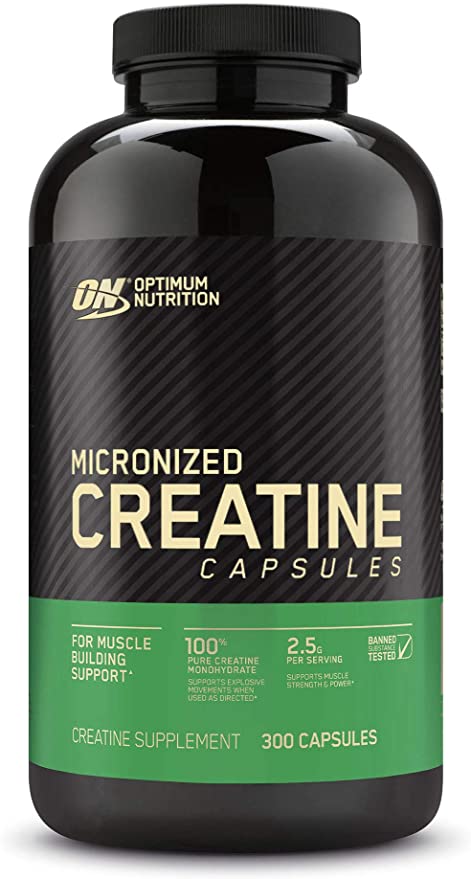
Optimum Nutrition Micronized Creatine Monohydrate Capsules, Keto Friendly, 2500mg, 300 Capsules (Packaging May Vary)
Drawbacks of High Intensity Training
While high intensity training has its advantages, it’s important to consider its drawbacks as well.
1. Risk of Overtraining
High intensity training places significant stress on your muscles and central nervous system. Without adequate rest and recovery, there is an increased risk of overtraining, which can lead to fatigue, decreased performance, and even injury. It’s essential to listen to your body and incorporate sufficient rest days and recovery strategies to prevent overtraining.
2. Limited Muscular Endurance
Since high intensity training focuses on maximal efforts, it may not be the ideal approach for individuals aiming to improve their muscular endurance. Longer sets and higher repetitions are more effective for developing endurance. If your goal is to improve muscular endurance, incorporating high volume training or specific endurance-focused workouts alongside high intensity training can be beneficial.
Understanding High Volume Training
High volume training involves performing a large number of sets, repetitions, and exercises during a single workout session. The weights used are typically lighter compared to high intensity training, allowing for a higher volume of work.
Benefits of High Volume Training
High volume training offers several benefits that can contribute to muscle growth and endurance development.
1. Muscle Hypertrophy
High volume training is often associated with muscle hypertrophy, which refers to an increase in muscle size. The combination of higher repetitions and lighter weights creates metabolic stress and promotes muscle growth. The sustained effort and increased time under tension during high volume workouts stimulate muscle fibers to adapt and grow, leading to enhanced muscle size and definition.
2. Improved Muscular Endurance
The extended duration of high volume training helps improve muscular endurance. By consistently challenging your muscles with a higher number of repetitions, you can enhance their ability to perform work for an extended period. This is particularly beneficial for activities that require prolonged muscular effort, such as endurance sports or repetitive tasks in daily life.
3. Increased Metabolic Stress
High volume training induces metabolic stress, which plays a role in muscle growth. This stress triggers various physiological responses, including an increase in anabolic hormone release and nutrient delivery to the muscles. The accumulation of metabolic byproducts during high volume workouts creates an environment that promotes muscle adaptation and growth.
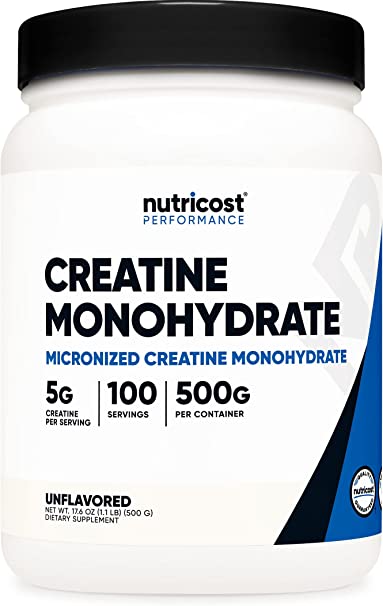
Nutricost Creatine Monohydrate Micronized Powder 500G, 5000mg Per Serv (5g)
Drawbacks of High Volume Training
While high volume training offers benefits, it’s important to be aware of potential drawbacks.
1. Longer Workout Sessions
Due to the higher number of sets and repetitions, high volume training sessions can be time-consuming. This may not be ideal for individuals with limited time for exercise. If time is a constraint, it’s important to prioritize exercises and design an efficient training program that incorporates elements of high volume training while optimizing time management.
2. Increased Risk of Injury
Performing a large volume of exercises can increase the risk of overuse injuries. It’s crucial to maintain proper form and listen to your body to prevent injuries associated with high volume training. Gradually increasing training volume, incorporating adequate rest and recovery, and focusing on proper technique can help minimize the risk of injury.
Determining the Right Approach for You
The choice between high intensity and high volume training depends on your specific goals and preferences. If your primary focus is on strength gains and maximizing muscle fiber recruitment, high intensity training may be the better option. On the other hand, if your goal is to increase muscle size and improve muscular endurance, high volume training may be more suitable.
It’s important to consider your individual fitness goals, current fitness level, time availability, and recovery capacity when choosing the right approach. Experimenting with both high intensity and high volume training can help you determine which method yields the best results for your body and desired outcomes.
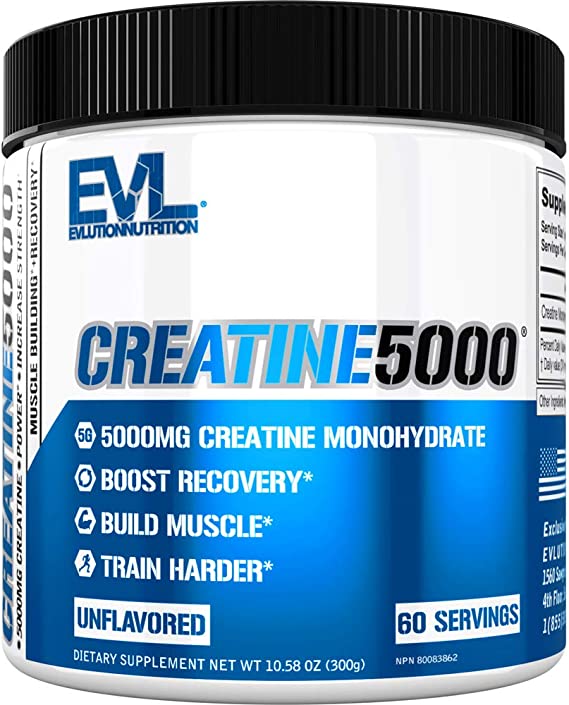
Evlution Pure Creatine Monohydrate Powder 5000mg Nutrition Pre and Post Workout Recovery Drink Mix Powder for Enhanced Muscle Mass Athletic Performance and Muscle Recovery – Unflavored
Combining High Intensity and High Volume
It’s important to note that high intensity and high volume training are not mutually exclusive. Many athletes and fitness enthusiasts incorporate both approaches into their training programs. This allows for a balanced approach that targets various aspects of muscular development and performance.
By combining high intensity and high volume training, you can capitalize on the benefits of both methods. For example, you can prioritize high intensity training for strength and power development while incorporating high volume training for hypertrophy and endurance. This approach provides a comprehensive stimulus for muscular development, allowing you to optimize your training results.
Conclusion
When it comes to weight training, the choice between high intensity and high volume depends on your specific goals and preferences. High intensity training focuses on pushing your muscles to their limits, promoting muscle fiber recruitment and strength gains. High volume training, on the other hand, emphasizes a larger volume of work, leading to muscle hypertrophy and improved muscular endurance.
By understanding the benefits and drawbacks of each approach, you can design a training program that suits your needs and helps you achieve your fitness goals. It’s essential to listen to your body, incorporate proper rest and recovery, and gradually progress in your training to avoid overtraining and injuries. Remember that individual variations exist, and what works for one person may not work the same way for another. Experimentation and adaptation are key in finding the optimal training approach for you.
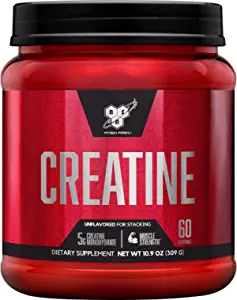
BSN Micronized Creatine Monohydrate Powder, Unflavored, 2 Months Supply-60 Servings
FAQs
1. Can I combine high intensity and high volume training in the same workout?
Yes, many individuals incorporate elements of both high intensity and high volume training in their workouts. This can provide a well-rounded approach to muscular development and performance. For example, you can start with high intensity exercises to maximize muscle fiber recruitment and strength, and then transition to high volume exercises to induce metabolic stress and promote muscle hypertrophy.
2. Is high intensity training suitable for beginners?
High intensity training is more suitable for individuals with prior weight training experience. Beginners are encouraged to start with lower intensities and gradually progress to higher intensity workouts. Building a foundation of strength, proper form, and technique is essential before engaging in high-intensity training to minimize the risk of injury.
3. Will high volume training make me bulky?
High volume training can promote muscle hypertrophy, but the degree of muscle growth varies depending on several factors, including genetics, nutrition, and training intensity. It is unlikely to make you excessively bulky unless you specifically aim for it. The combination of high volume training and a calorie surplus may lead to muscle growth and increased muscle mass, but the extent of hypertrophy depends on individual factors.
4. How often should I perform high intensity or high volume workouts?
The frequency of high intensity or high volume workouts depends on various factors, including your fitness level, recovery ability, and overall training program. It’s essential to balance intensity and volume with adequate rest and recovery to prevent overtraining. Typically, individuals may perform high intensity workouts 2-3 times per week and high volume workouts 1-2 times per week, with sufficient rest days in between.
5. Can I achieve my fitness goals with either high intensity or high volume training alone?
Yes, it is possible to achieve your fitness goals with either approach. However, incorporating elements of both high intensity and high volume training can provide a more comprehensive stimulus for muscular development and overall fitness. It allows you to target different aspects of strength, endurance, and hypertrophy, leading to well-rounded progress. Customizing your training program according to your goals, preferences, and individual response to different training stimuli can optimize your results.

Muscle Feast Creapure Creatine Monohydrate Powder, Vegan Keto Friendly Gluten-Free Easy to Mix, Mass Gainer, Muscle Recovery Supplement and Best Creatine for Muscle Growth, Unflavored, 300g
